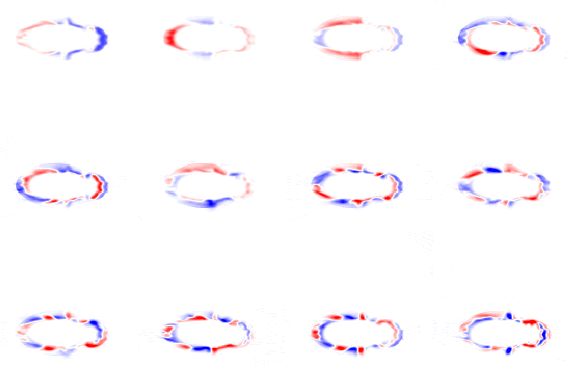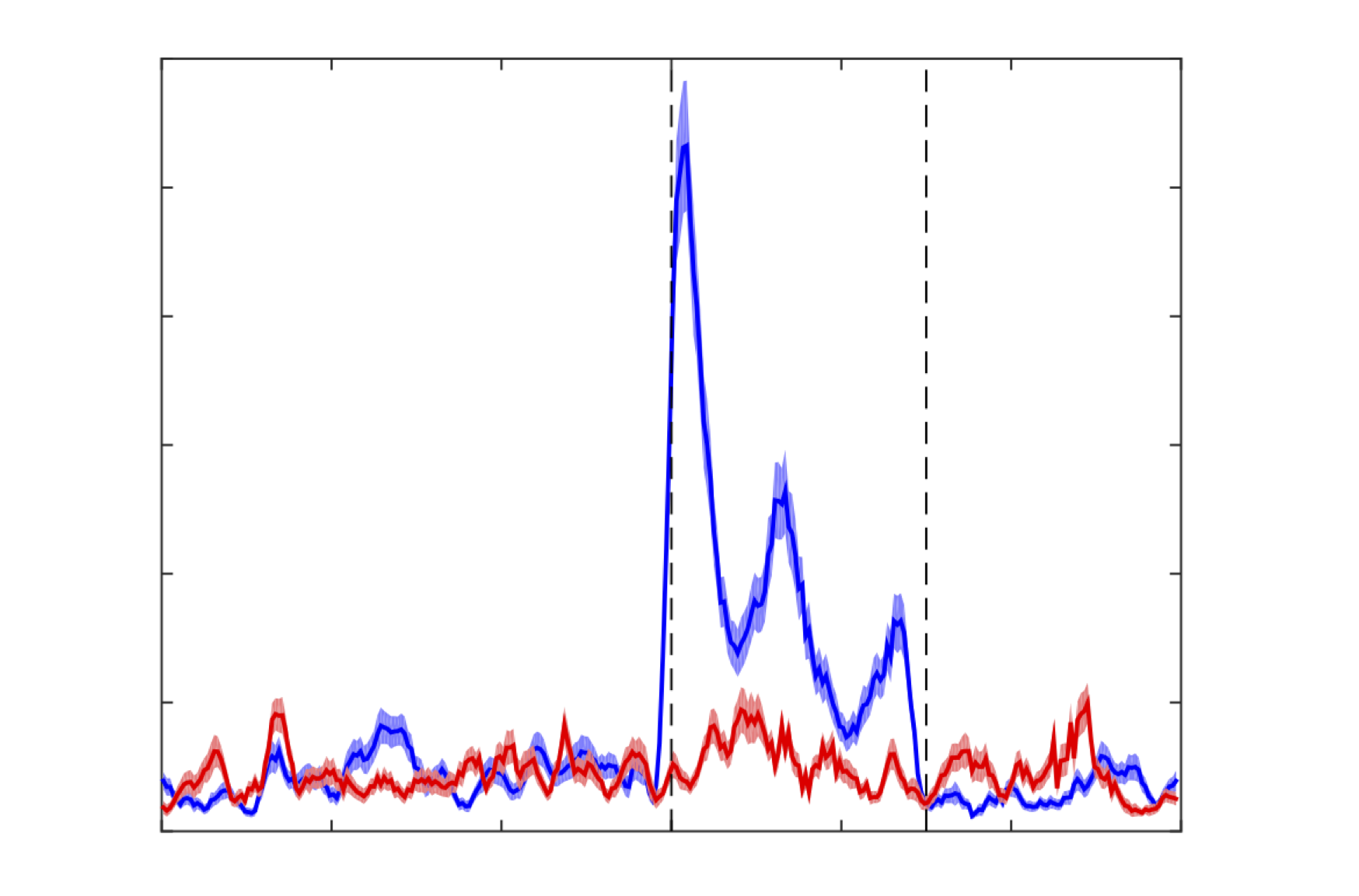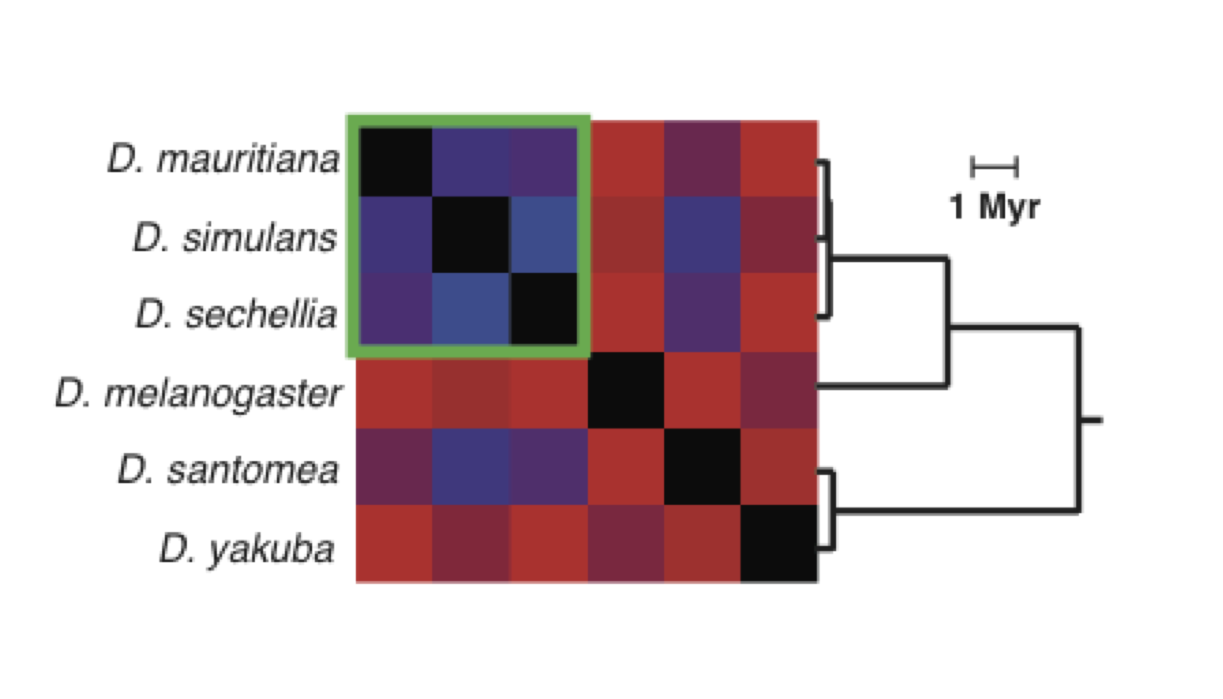Measuring Animal Behavior
How should we measure behavior? What are the numbers one should use to describe how an animal moves and interacts with the world? Our lab develops novel metrics and measurement techniques for studying behavior, leveraging ideas from nonlinear dynamics, statistical physics, information theory, computer vision, and machine learning. In particular, we have developed a set of techniques that take videography data as raw input and create a two-dimensional representation of behavior that can be used as the basis for many different analyses.
Read More →




